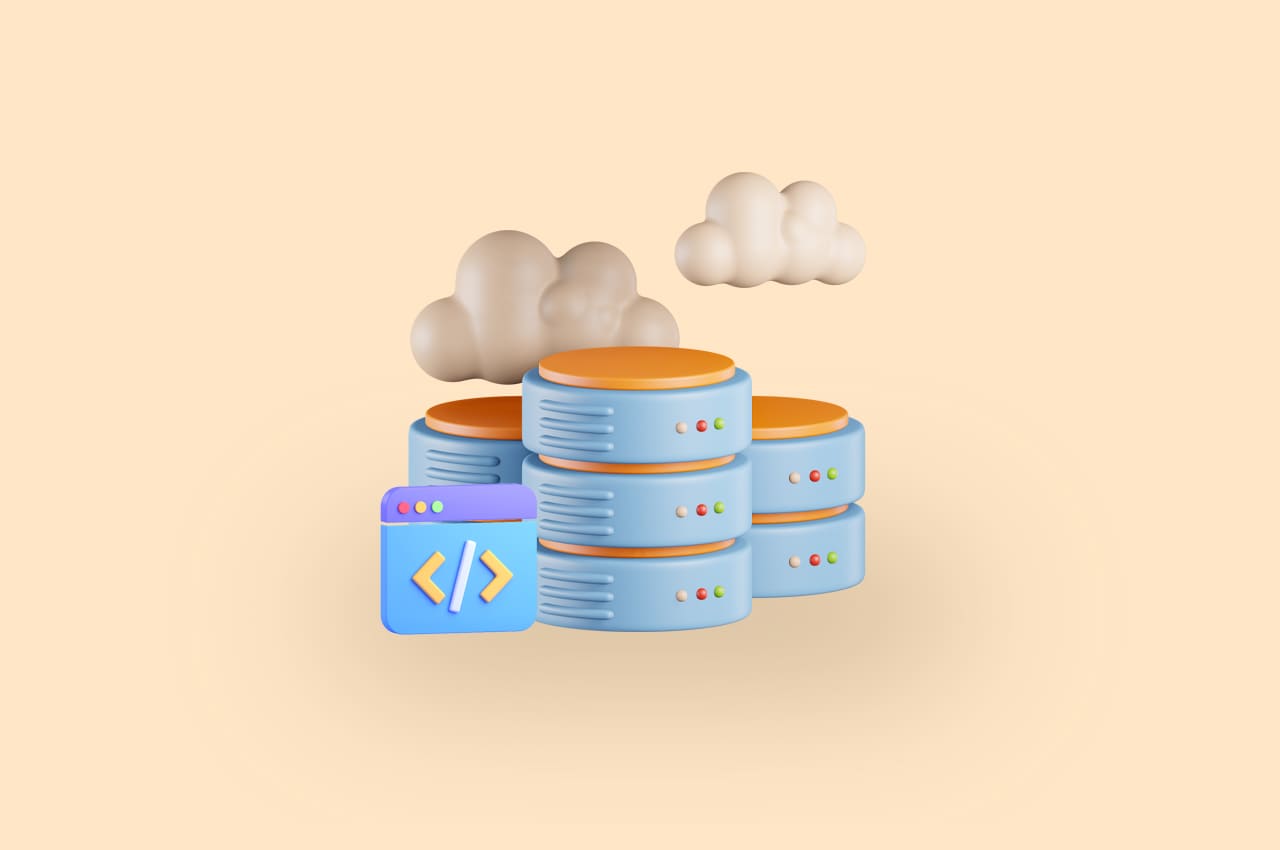How to Build Dynamic Web Applications with Django Templates

In the world of web development, Django has established itself as one of the most popular and powerful Python frameworks. At the heart of Django lies its templating engine, which provides a flexible and efficient way to create dynamic web applications. In this blog post, we will delve into the Django template system and explore its features, syntax, and best practices. Whether you’re a beginner or an experienced developer, understanding Django templates will empower you to build robust and scalable web applications.
What are Django Templates?
Django templates are files that combine HTML code with Django’s template language to create dynamic web pages. They allow developers to separate the presentation logic from the business logic, resulting in cleaner and more maintainable code. Django templates provide a powerful way to render dynamic data, handle conditional logic, iterate over collections, and create reusable components.
To read more about the importance of Django Template Filters, refer to our blog How Django Template Filters Can Be Used Effectively to Enhance Data Presentation
Syntax and Features of Django Templates
Variable Rendering:
Django templates use double curly braces ‘{{ }}’ to render variables. You can access data passed from views and models and display it dynamically in your templates. For example, ‘{{ request.user.username }}’ would render the username of the logged-in user.
Template Tags:
Django provides a wide range of template tags enclosed in ‘{% %}’ to perform various operations. These tags enable you to handle conditions, loops, include other templates, and more. For instance, the ‘{% if %}’ tag allows you to execute different blocks of code based on certain conditions.
Template Filters:
Filters in Django templates help you modify the output of variables. They are used with the ‘|’ symbol. Filters allow you to format dates, convert text to uppercase or lowercase, truncate text, and perform various other transformations. For example, ‘{{ text|lower }}’ ‘would render the text in lowercase.
Template Inheritance:
Django templates support inheritance, allowing you to create a base template with common elements and extend it in child templates. This promotes code reusability and simplifies maintenance. Child templates can override specific blocks defined in the parent template or add new blocks.
Best Practices of Django Templates
Keep Logic Minimal:
Django templates are designed for rendering data, not for implementing complex logic. Avoid including heavy computation or business logic in your templates. Instead, handle such operations in your views or models and pass the required data to the templates.
Use Template Tags and Filters:
Leverage Django’s built-in template tags and filters to perform common operations efficiently. They are specifically designed to handle such tasks, making your templates more readable and maintainable.
Organize Templates:
As your project grows, organizing your templates becomes crucial. Create a logical folder structure to store different templates based on their purpose. This will enhance maintainability and make it easier for other developers to navigate through the codebase.
Test Templates:
Unit testing your templates is a good practice to ensure they behave as expected. Django provides testing tools and libraries that allow you to write test cases for your templates. By doing so, you can catch any errors or unexpected behaviors early on.
Conclusion
Django templates offer a powerful and flexible way to build dynamic web applications. By understanding the syntax and features of Django templates, you can separate the presentation logic from the business logic, resulting in cleaner and more maintainable code. With its support for variables, template tags, filters, and template inheritance, Django provides a robust toolkit for rendering dynamic data and creating reusable components. By following best practices and testing your templates, you can ensure a smooth development experience and deliver high-quality web applications.
So, harness the power of Django templates, unleash your creativity, and build stunning web applications that engage and delight your users.
To read more about the importance of hiring the best Django developers from Horilla, refer to our blog How to Hire the Best Django Developers From Horilla in 2023




